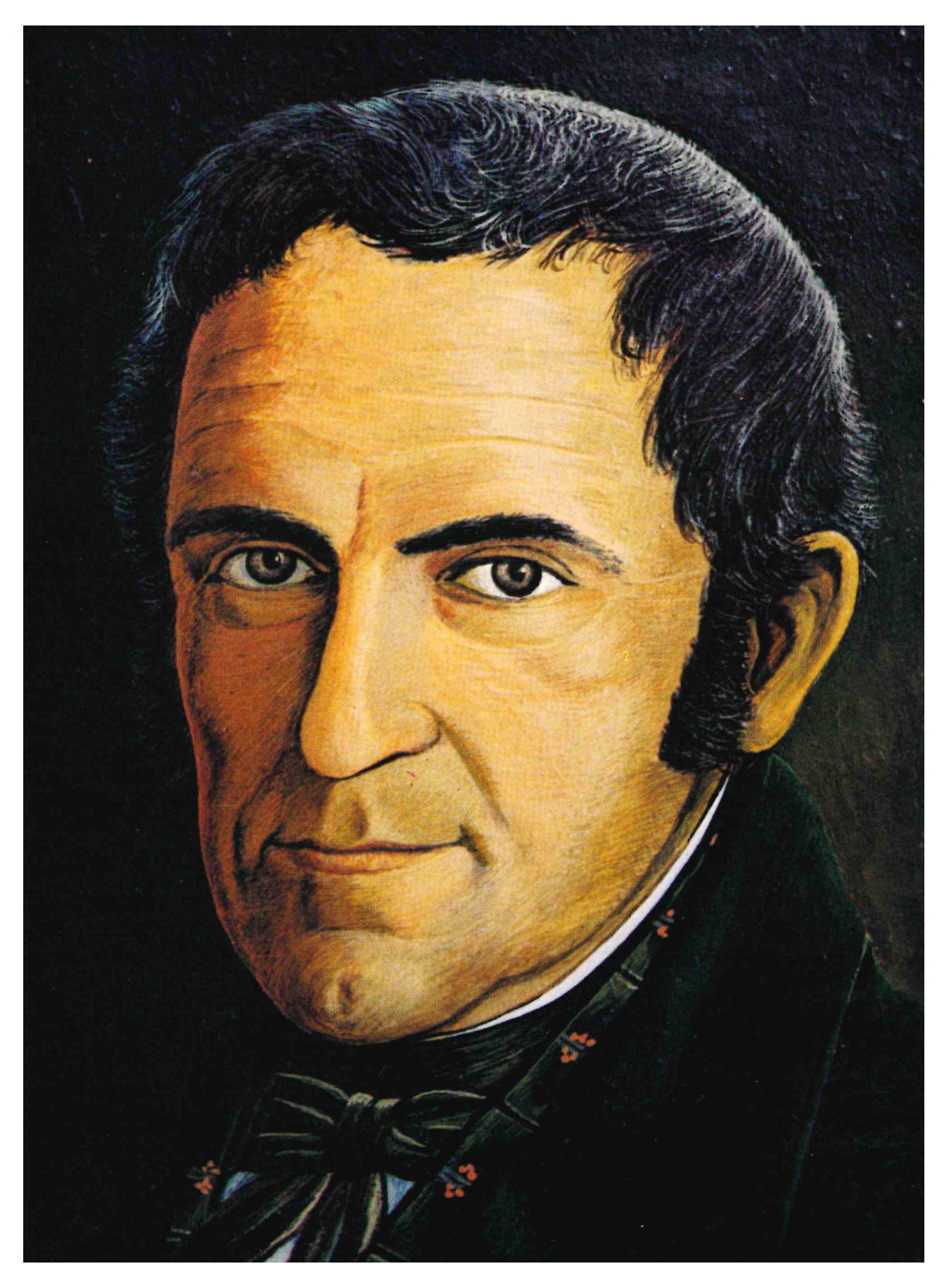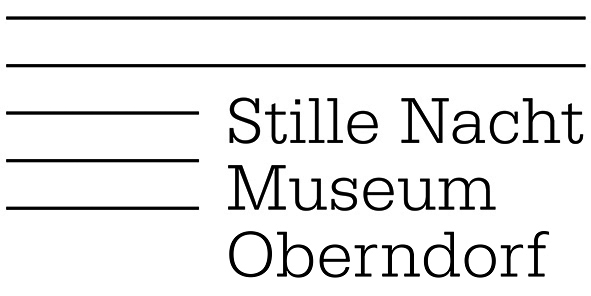
Franz Xaver Gruber
In the parish of Hochburg, on November 25, 1787, the fifth of six children was born to weavers Josef and Maria Gruber. The boy, born as Conrad Xavier Gruber, who later changed his name to “Franz Xaver,” was expected to learn his father’s weaving trade. However, Hochburg schoolteacher Andreas Peterlechner recognized the musical boy’s talent and began giving him music lessons. After his teacher training, Franz Xaver Gruber passed his teaching examination in Ried in 1806. During this time, he received extensive musical training from Georg Hartdobler, town parish organist in Burghausen.
In 1807, he took his first position as a teacher in the quiet village of Arnsdorf, where he wrote the melody for “Silent Night! Holy Night!” in 1818. Here he married Maria Elisabeth Engelsberger (née Fischinger), who was the widow of his deceased predecessor. This marriage also secured him accommodation in the schoolhouse. For the work there, he still had to complete the Salzburg teaching examination.
From 1816, he also took on organ duties at the newly established parish in Oberndorf. After his wife’s death, he married his former student Maria Breitfuß in 1825. Gruber’s four children came from this marriage. From 1835 to 1835, he was a teacher and sexton in Berndorf. Later he moved to Hallein, where he became choir director and town parish organist. In 1842, Gruber married for the last time to widow Katharina Wimmer. He died in Hallein on June 7, 1863, at the age of 76.
Throughout his life, Gruber was a gifted musician. His repertoire consisted mainly of church music, which he primarily wrote in Hallein. There, he needed easily playable works for everyday use due to the sparse church music resources.
The organ service in Oberndorf was essential for Gruber’s musical work, where he met assistant priest Joseph Mohr in 1817. A deep friendship developed between the two men. At Mohr’s request, he set a poem written by Mohr to music in 1818. Today, this composition is known worldwide as the Christmas and peace song “Silent Night! Holy Night!” Gruber lived to witness the first successes of their joint work. He was thus able to confirm the true story of the song’s origin in his “Authentic Cause.”

